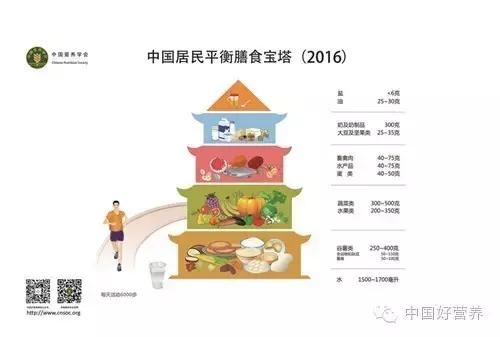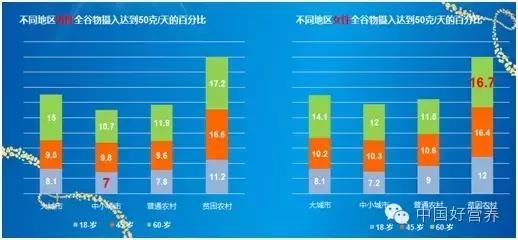Are you getting enough whole grain food?
We know that compared with refined grains, whole grains contain more dietary fiber, fat, vitamins, minerals, polyphenols and other plant active substances, which have better health benefits for human body. Increasing whole grain intake is beneficial to weight control and reducing the risk of chronic diseases related to diet, such as obesity, cardiovascular diseases, type 2 diabetes and tumors. Therefore, the recommended intake of whole grains is defined for the first time in the latest dietary guidelines for China residents, and the importance of whole grains intake is emphasized.
So what is the whole grain intake of China residents? How to increase the intake of whole grains?
The latest Dietary Guidelines for China Residents 2016.It is recommended to consume 50-150g of whole grains every day.
In the latest edition of Dietary Guidelines for China Residents (2016), the first recommendation is "Food is diverse, mainly cereals". Grain-oriented is an important feature of Chinese’s balanced diet model. It is suggested that the average adult should consume 250~400 g of cereals and potatoes every day, among whichWhole grains contain 50-150g of miscellaneous beans.50~100 g of potatoes.
Compared with the dietary guidelines for China residents in 2007, the latest version of the revised dietary guidelines replaces coarse grains with whole grains. Whole grain refers to the grain that has not been refined or has retained the endosperm, germ, bran composition and its natural nutrients of the whole grain despite grinding/crushing/tabletting.

The daily intake of whole grains by adult residents is less than 15g.It is far from the recommended intake of 50-150g/day.
In order to fully and accurately understand the consumption of coarse grains among adults in China, Professor He Yuna from the Institute of Nutrition and Health of China Center for Disease Control and Prevention and others used the monitoring data of nutrition and health status of residents in China from 2010 to 2012 to analyze the consumption of coarse grains among residents aged 18 and above in China. The research results were published in the Journal of Nutrition in the first half of the year.
The survey results show that the daily intake of whole grains for adult men in China is 13.9g, and that for women is 14.6 g; Rural areas are slightly higher than urban areas, which are 15.5g/d and 13.0g/d respectively. Grouped by age, generally speaking, the older you are, the higher your whole grain intake is, and the intake of women is slightly higher than that of men.

Compared with the minimum recommended intake of whole grains of 50g as the reference value, the proportion of the whole grains intake of different populations in China reaches or exceeds the reference value is 7%~16.7% (as shown in the following figure), so more than 80% of adult residents have insufficient intake of whole grains.

How to increase the intake of whole grains?
The latest dietary guidelines also give some very good suggestions on how to increase the intake of whole grains.
Make whole grains a good meal partner.
Whole grain foods are diverse and nutritious. It is recommended to eat 50-150g of whole grains every day, which is equivalent to 1/4-1/3 of the whole grains in a day. Whole grain oatmeal, whole grain bread, small rice, etc. can all be part of the diet.
Blend into the staple food
Whole grains such as oats, millet, corn, whole wheat flour, etc. can be directly used as staple foods, and at least one meal in three meals a day is whole grains. For example, eat oatmeal, eight-treasure porridge, millet porridge, etc. for breakfast, and for lunch, mix corn flour, mung bean flour, oatmeal flour, or choose whole wheat flour; Put a handful of oats, brown rice, etc. in white rice.
Blend into dishes
Some whole grain foods can also be used as delicious dishes, such as kidney beans and flower beans, which can be made into delicious cold dishes after being boiled soft, or the fast-cooked whole grains can be mixed with vegetables to make nutritious and delicious dishes.
Clever use of modern cookers
Consumers who are used to the fine and soft taste of refined rice flour may feel that the entrance of whole grains is rough, and they will be uncomfortable at the beginning of eating whole grains. In this regard, we can play the role of modern kitchen cookers to improve the taste, such as making whole grain rice paste with soybean milk machine and cooking oatmeal rice with oats with rice cooker, which can make whole grains more delicious.
Source: China Nutrition Society.